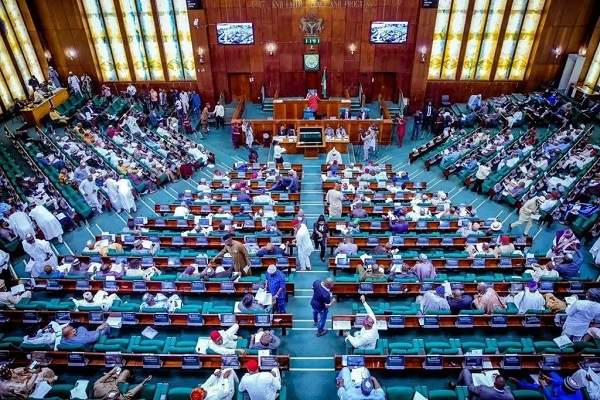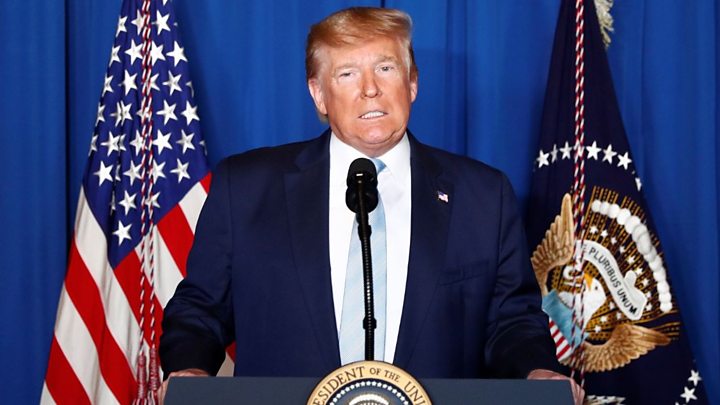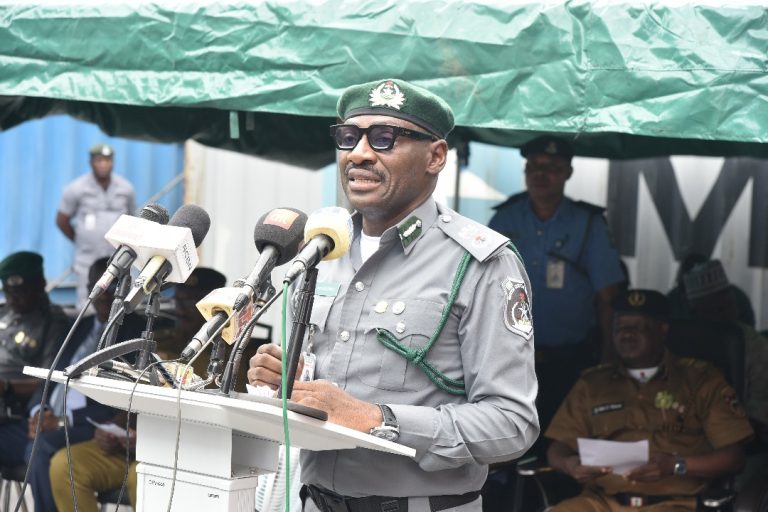- Dozens also killed as air strikes hit Hudaydah prison in Yemen
Syrian government troops and rebels were locked in fierce fighting on Sunday on Aleppo’s western edges, where at least 41 civilians have been killed over the past three days.
The Syrian Observatory for Human Rights (SOHR), a Britain-based monitor, said the death toll included at least 17 children, adding hundreds of mortars had been fired.
The northern city of Aleppo’s frontline runs through the heart of the ancient city, dividing rebels in the east from government forces in the west.
Rebels, in an opposition offensive to break a devastating siege, have unleashed car bombs and salvos of rockets and mortar shells to break through government lines.
Syrian state media on Sunday accused opposition fighters of firing shells containing toxic gas into government-controlled districts. The rebels denied the allegations.
It was impossible for Al Jazeera to independently verify the claim.
State news agency SANA reported 35 people were suffering from shortness of breath, numbness, and muscle spasms after “toxic gases” hit the frontline district of Dahiyet al-Assad and regime-held Hamdaniyeh.
United Nations Envoy for Syria Staffan de Mistura said he was “appalled and shocked by the high number of rockets indiscriminately launched” on civilian suburbs of government-held Aleppo.
“Those who argue that this is meant to relieve the siege of eastern Aleppo should be reminded that nothing justifies the use of disproportionate and indiscriminate weapons, including heavy ones, on civilian areas and it could amount to war crimes,” de Mistura said.
The head of Aleppo University Hospital, Ibrahim Hadid, told state television “36 people, including civilians and combatants, were wounded after inhaling toxic chlorine gas released by terrorists”.
The head of the political office of the Aleppo-based rebel group Fastaqim denied the reports. “This is a lie,” said Zakaria Malahifjim of Fastaqim.
Syria’s second city, Aleppo has been ravaged by some of the heaviest fighting of the country’s five-year war, which has killed more than 300,000 people.
In a new death toll on Sunday, the SOHR monitor said fighting had also killed at least 55 government troops and allied fighters, as well as 64 Syrian rebels.
In the meantime, dozens of people have been killed at a Yemeni prison complex in air strikes by the Saudi-led coalition, reports say.
Strikes hit a building used as a prison in the al-Zaydiya security headquarters in the western port of Hudaydah, security and medical officials say.
The city is under the control of Houthi rebels, who have been battling the government since 2014.
Rebels and inmates were among the 60 dead, officials said. Dozens more are believed to have been wounded.
The prison was holding 84 inmates when it was hit three times late on Saturday, reports said. Pictures from the scene showed badly wounded people being rushed to hospital.
The coalition, which backs Yemen’s exiled President Abdrabbuh Mansour Hadi, has been criticised for the number of civilians killed in its air strikes.
But a coalition statement quoted by Reuters news agency suggested that the building was a legitimate target and said “targeting protocols and procedures were followed fully”.
“This building is used by Houthi militia and the forces of the deposed president as a command and control centre for their military operations,” the statement said, referring to former head of state Ali Abdullah Saleh who is backing the rebels.
Earlier this month, at least 140 people were killed, most of them civilians, when planes bombed a funeral hall in Yemen’s capital, Sanaa.
The coalition later blamed the attack on “bad information”.
The latest air strikes came as President Hadi rejected a new peace proposal submitted by UN envoy Ismail Ould Cheikh Ahmed.
President Hadi, who lives in exile in the Saudi capital Riyadh, said the plan “rewards the coup leaders and punishes the Yemeni people at the same time”.
Details of the peace “roadmap” have not been made public but are believed to give the rebels a share in any future government.
The plan is also believed to involve reducing some presidential powers in exchange for Houthis withdrawing from major cities.
The Shia Houthis seized the capital, Sanaa, in 2014. Much of the internationally-recognised government is now based in Yemen’s second city of Aden.
The conflict escalated in March 2015 when the Saudi-led coalition launched an air campaign to try to push the rebels back.
MSN


















